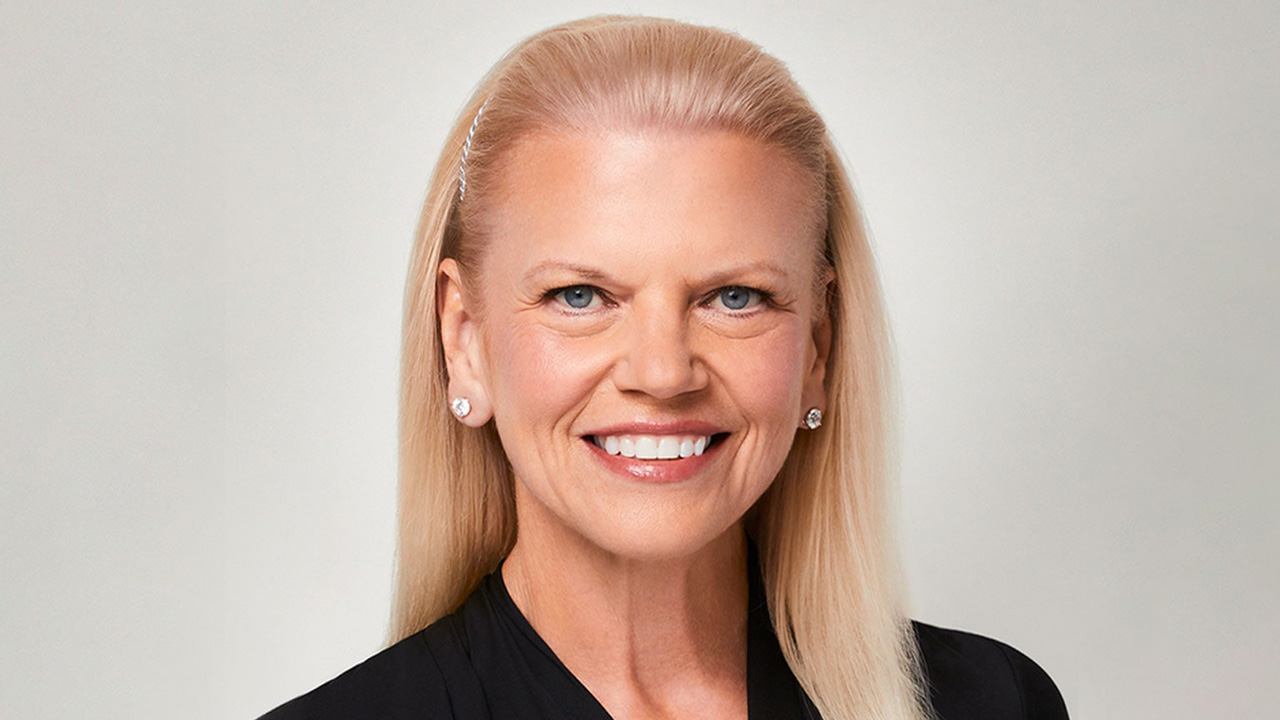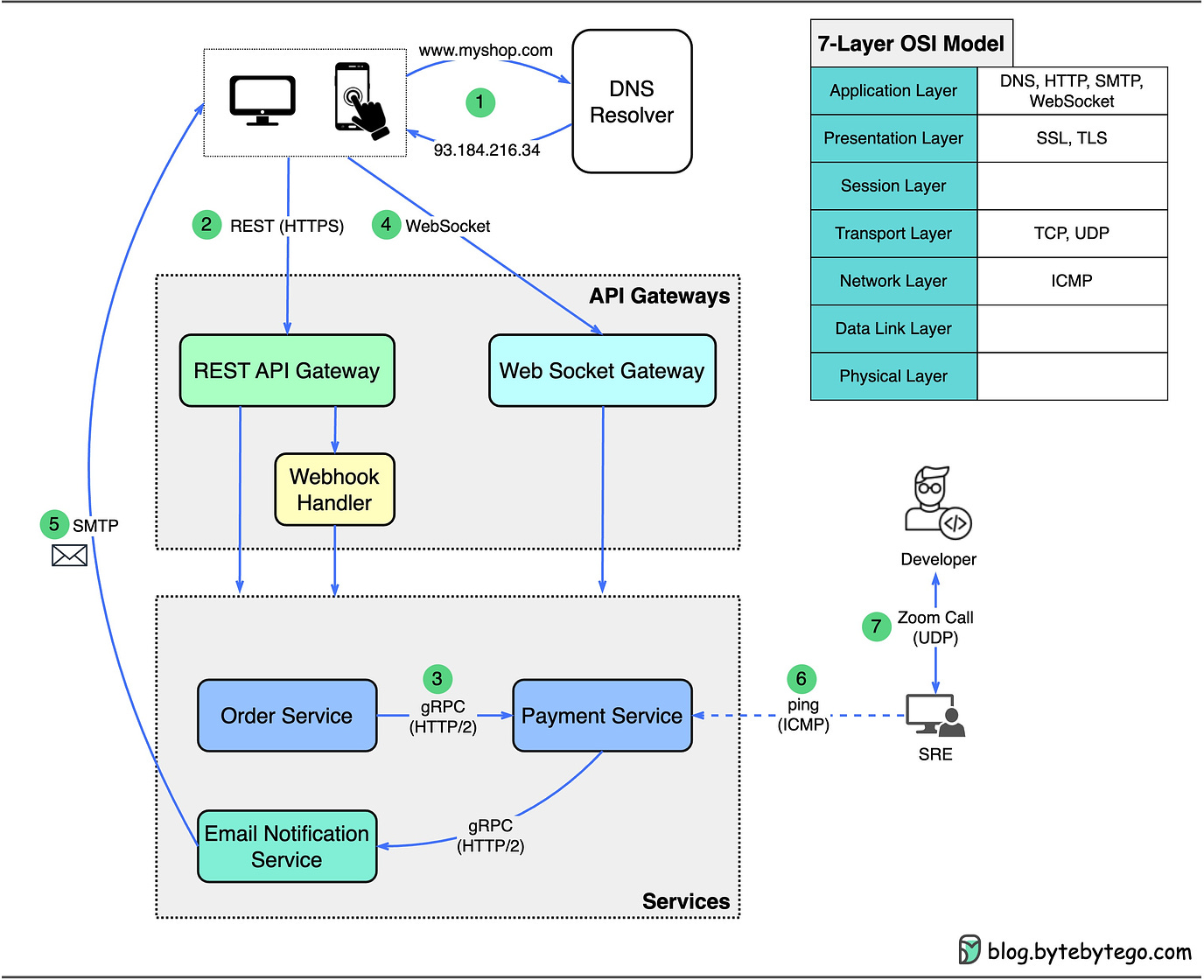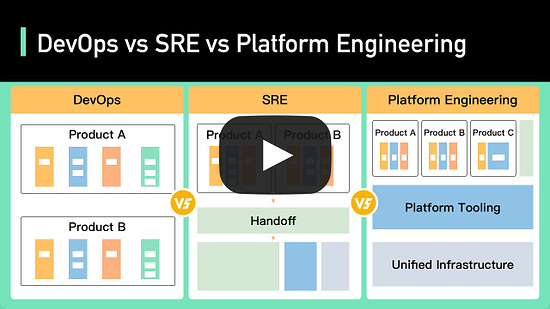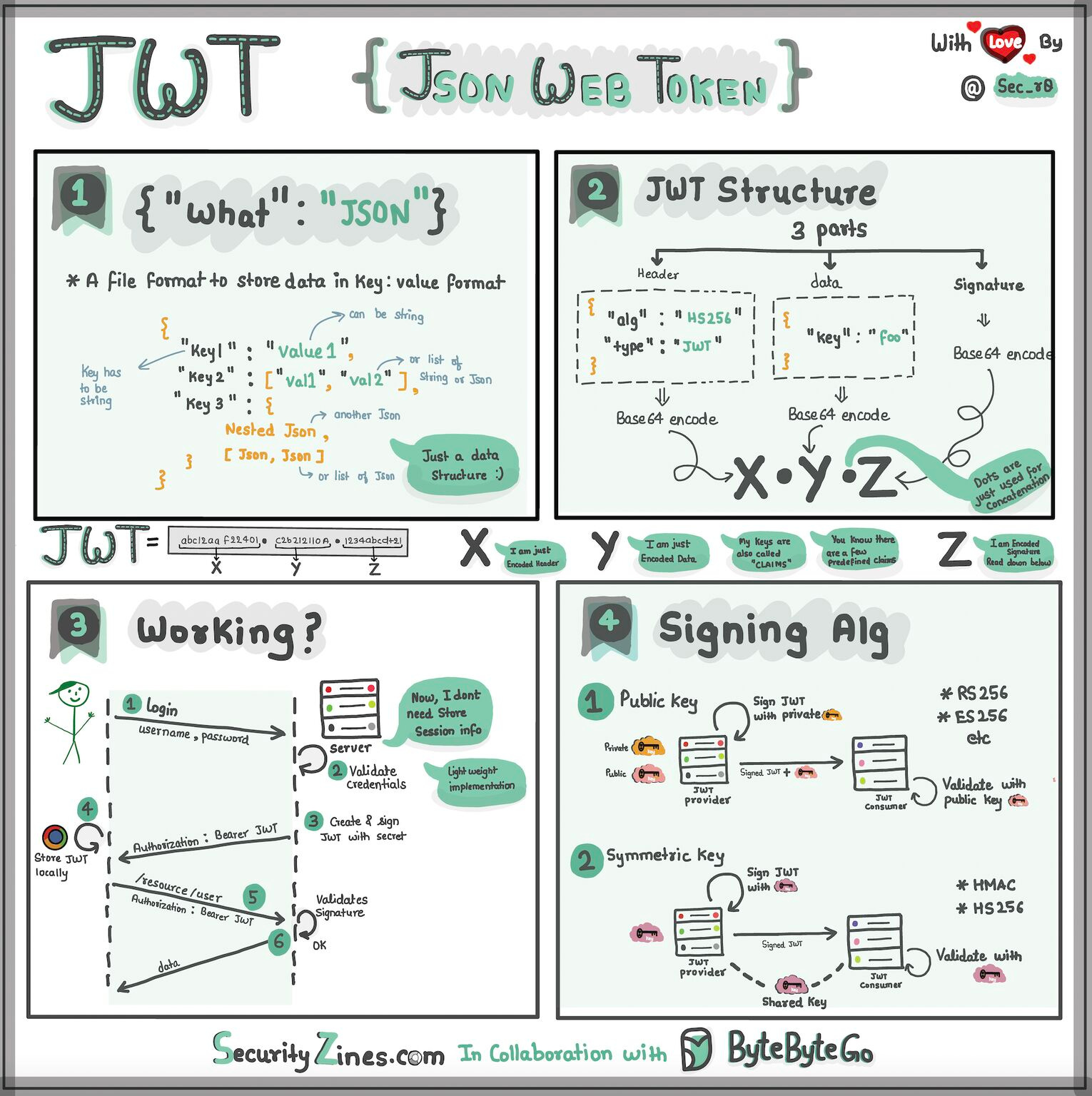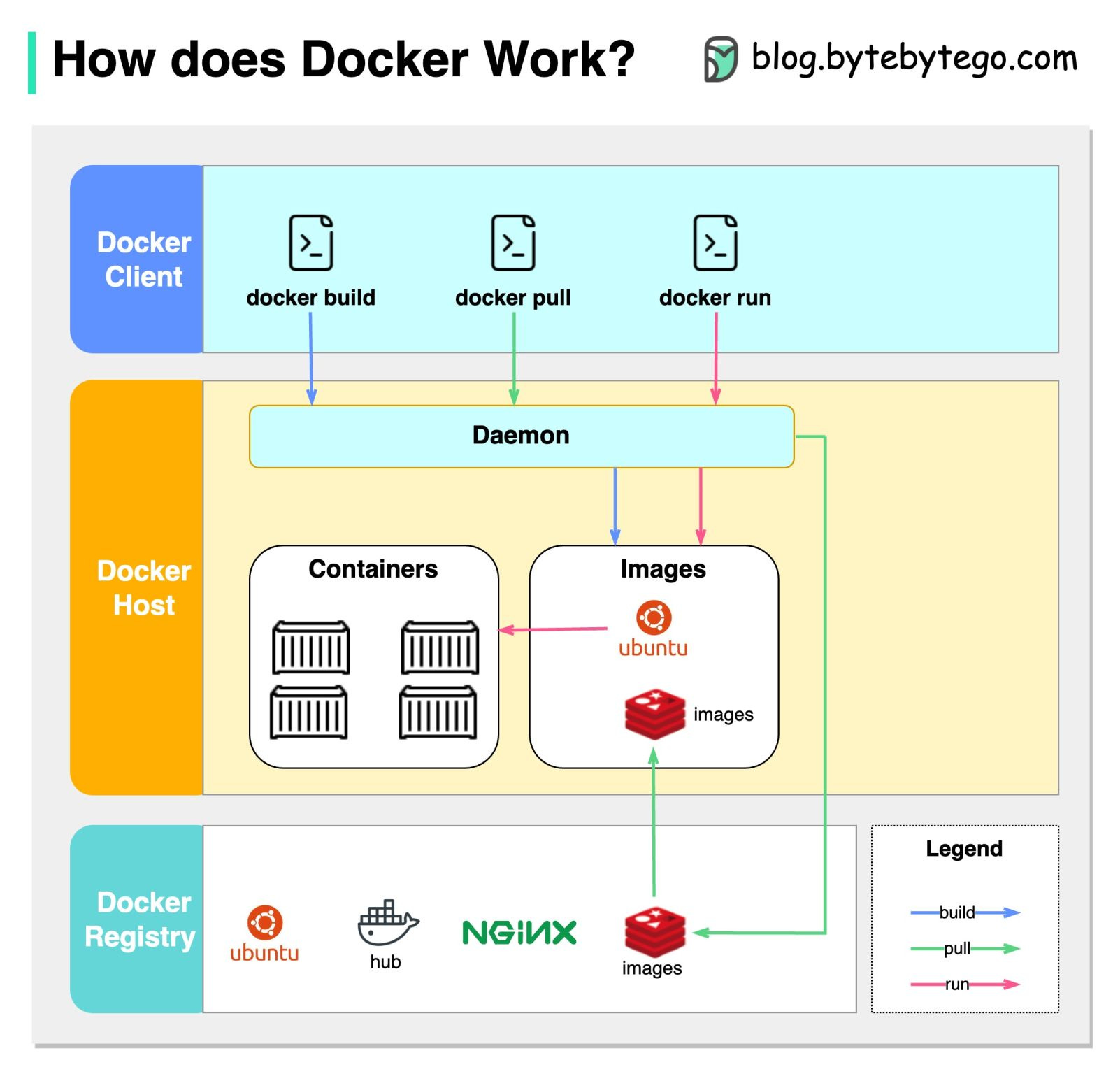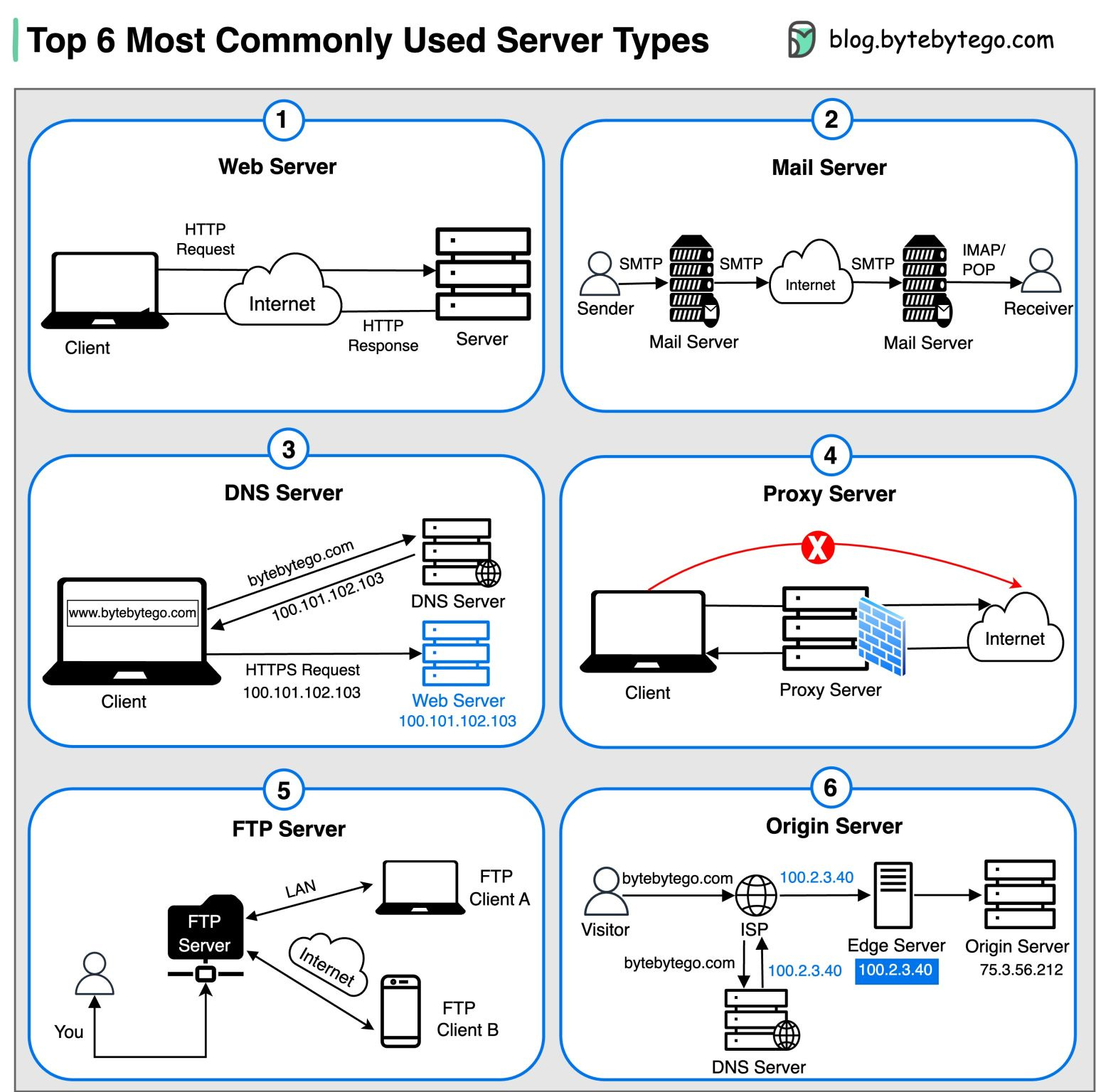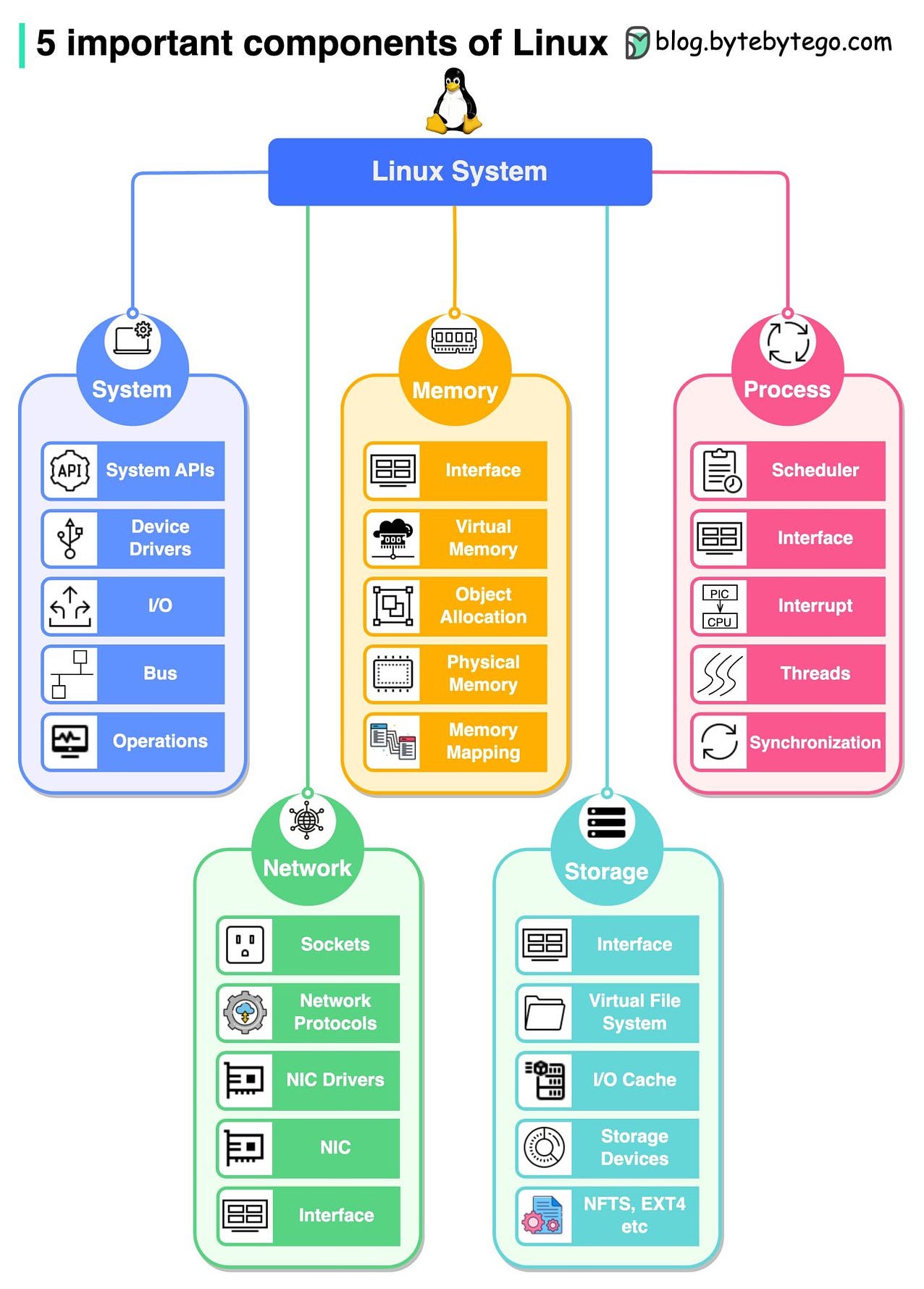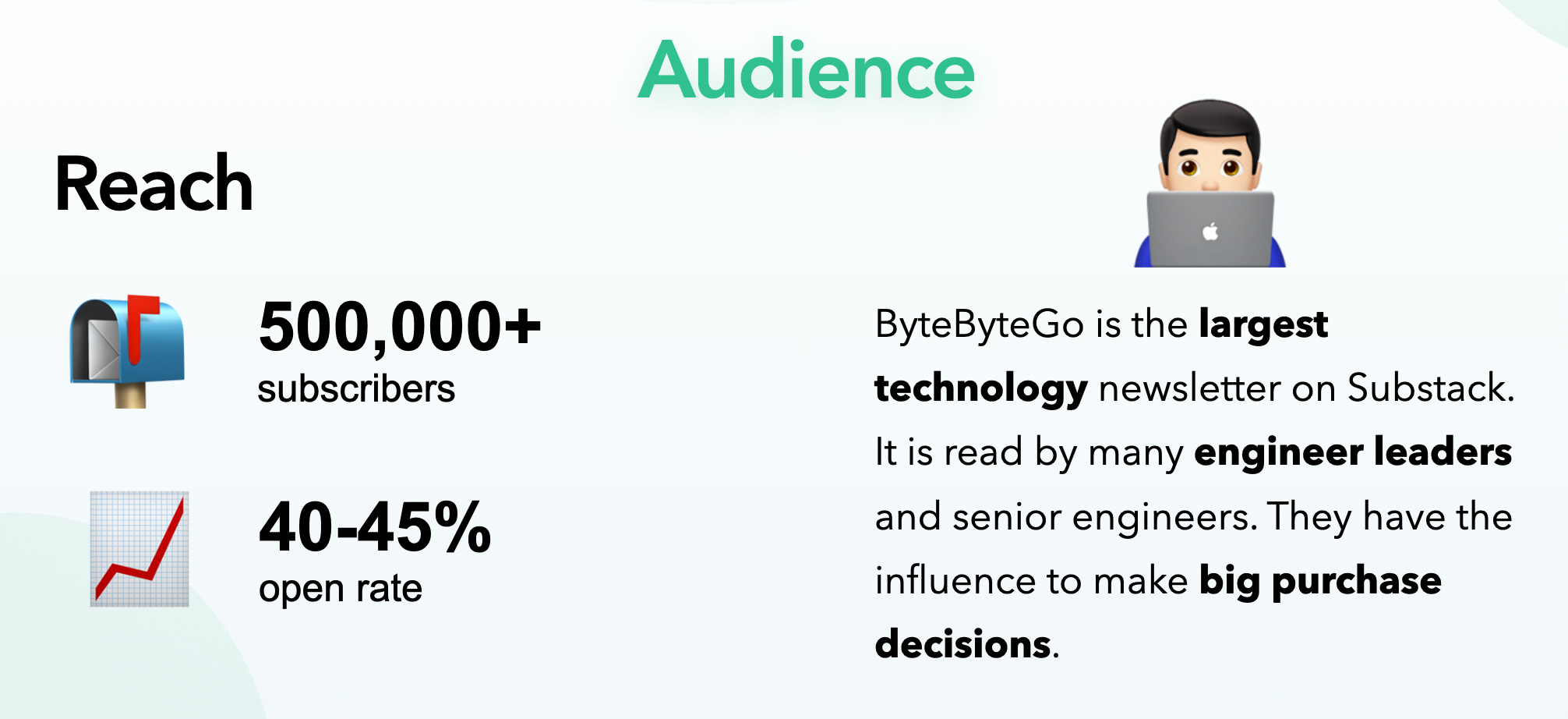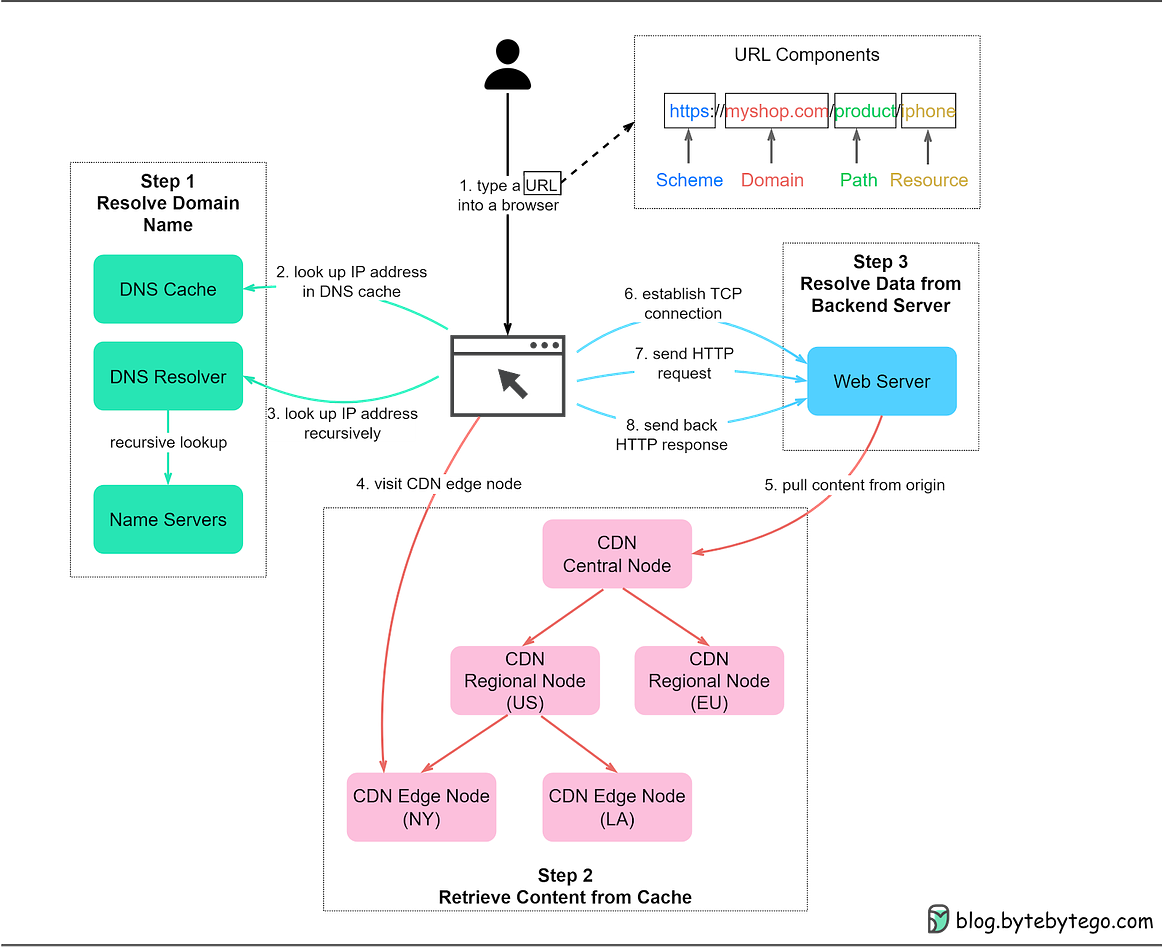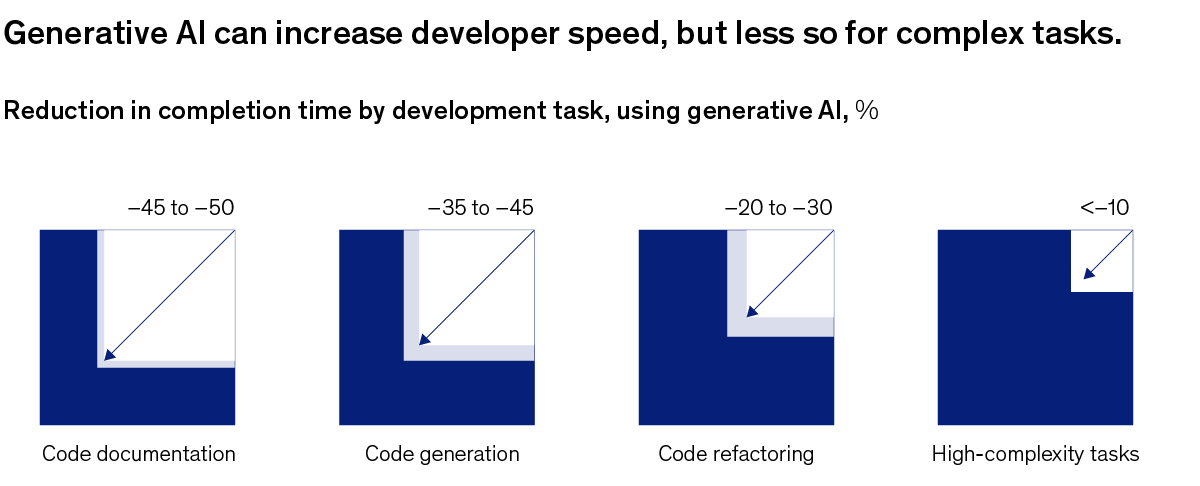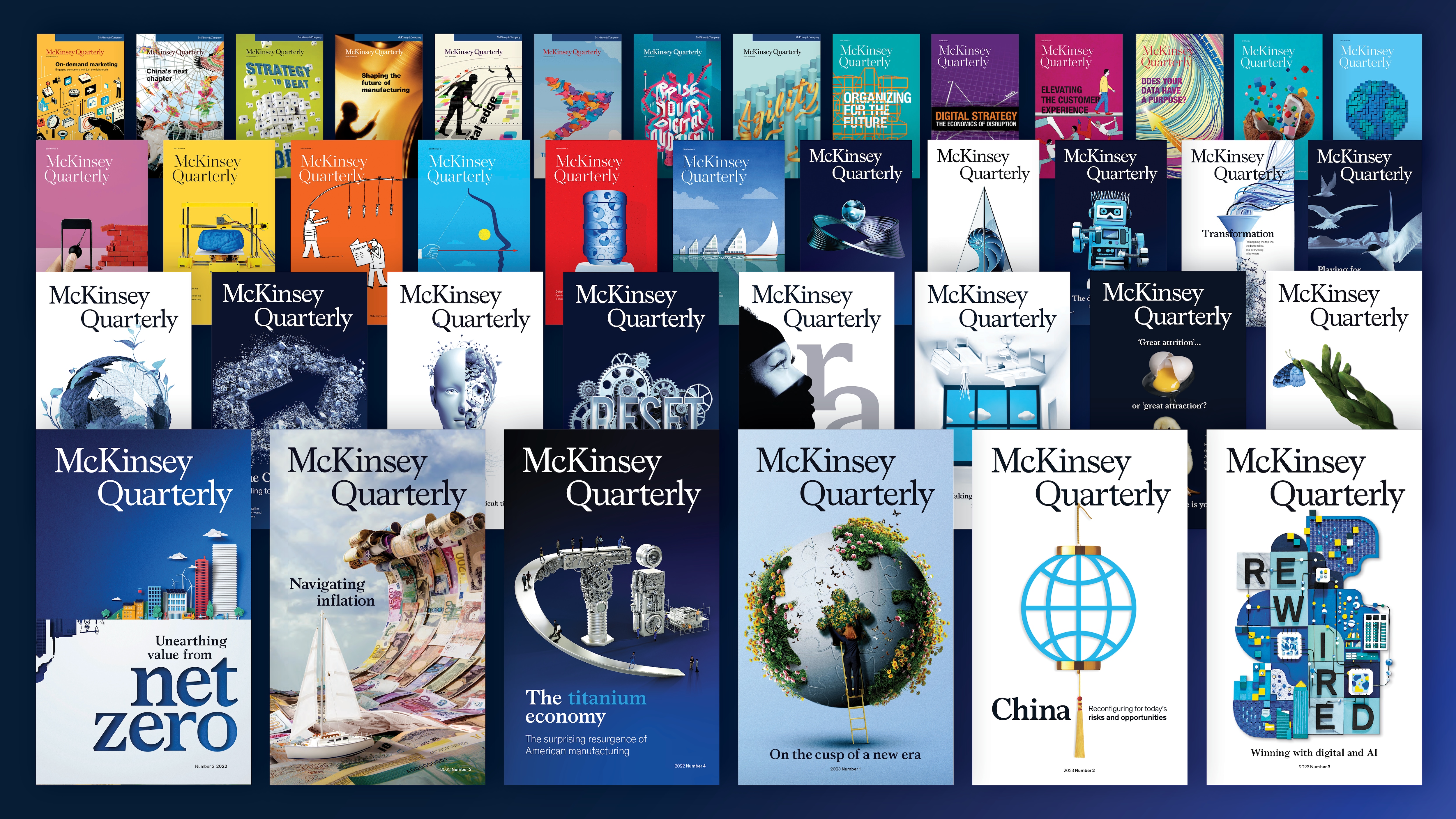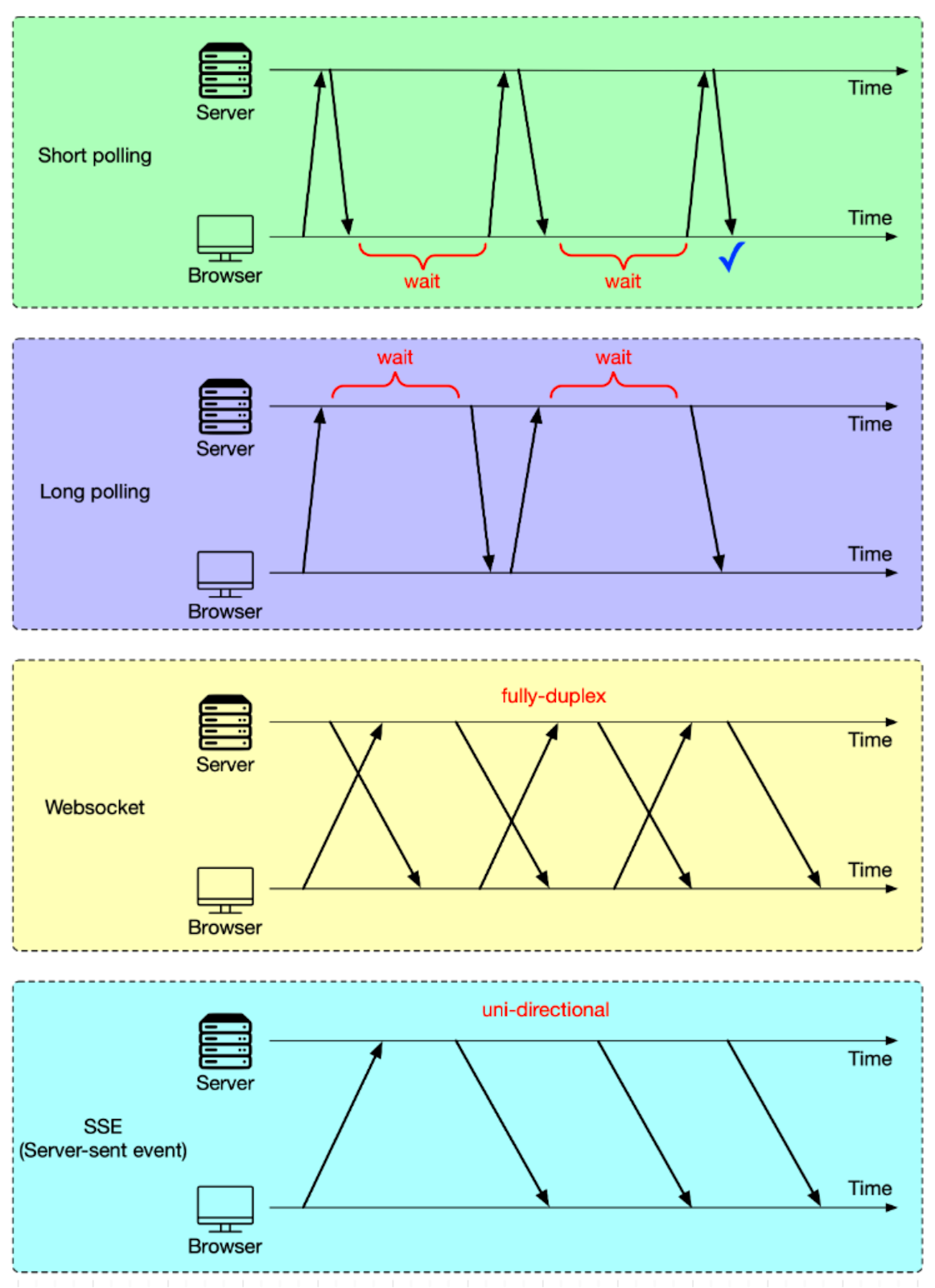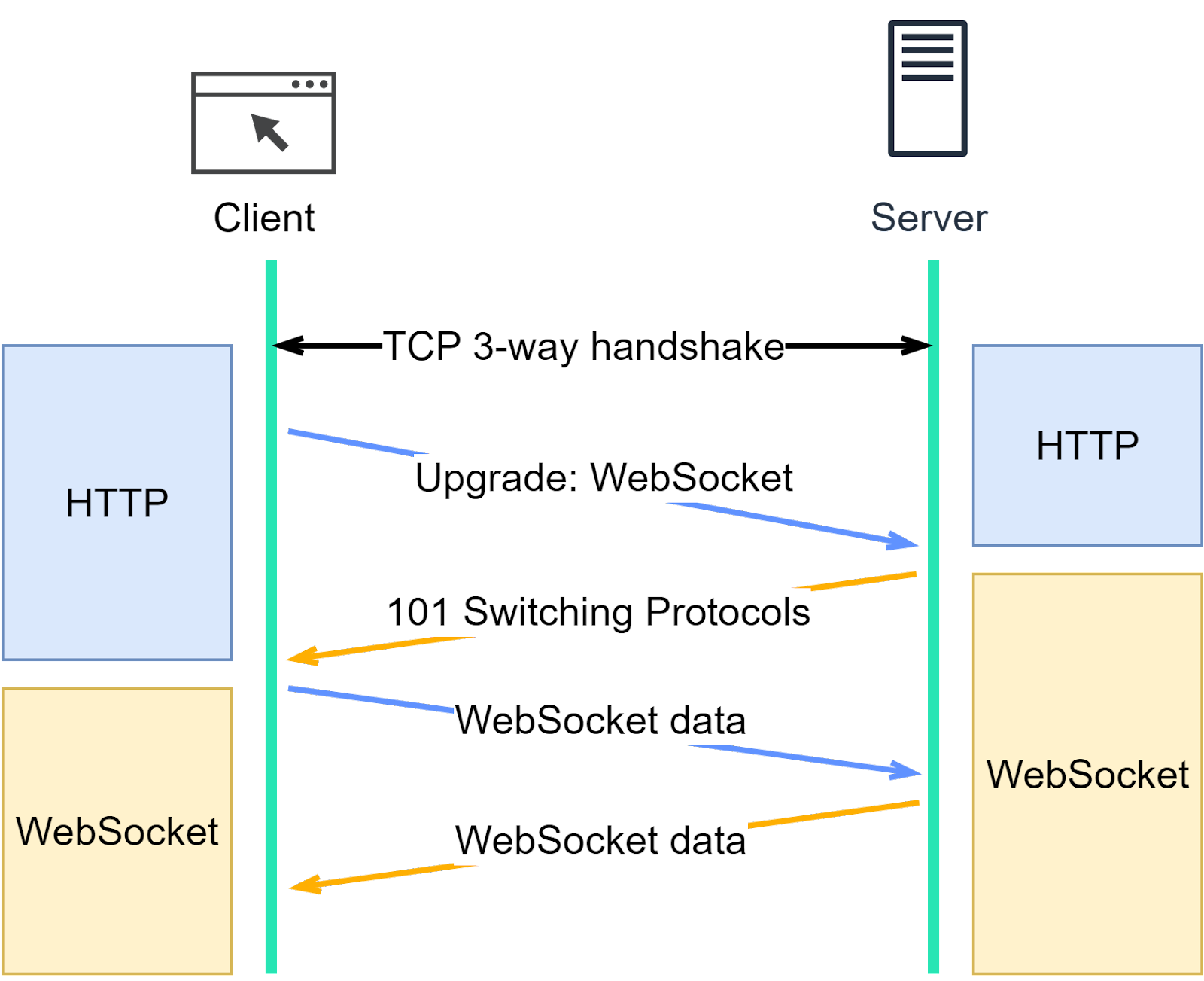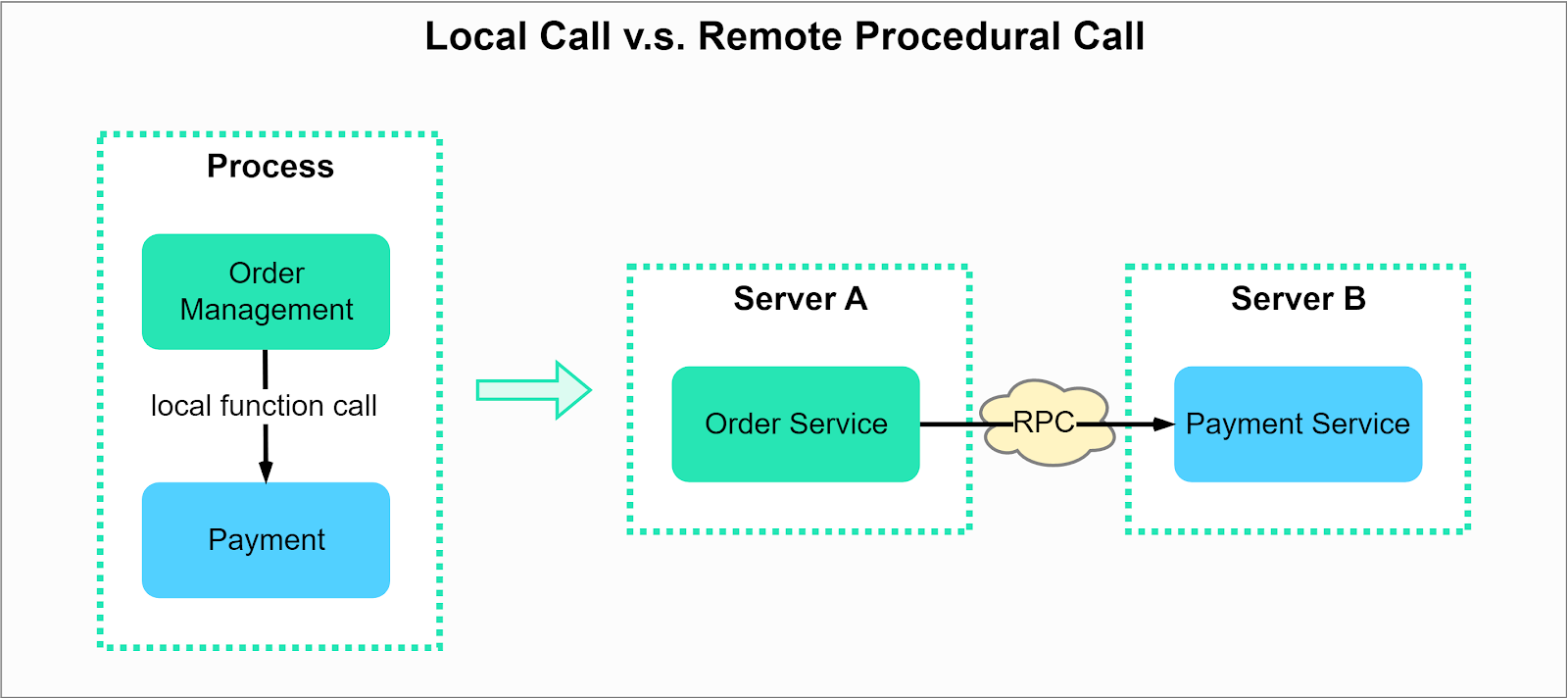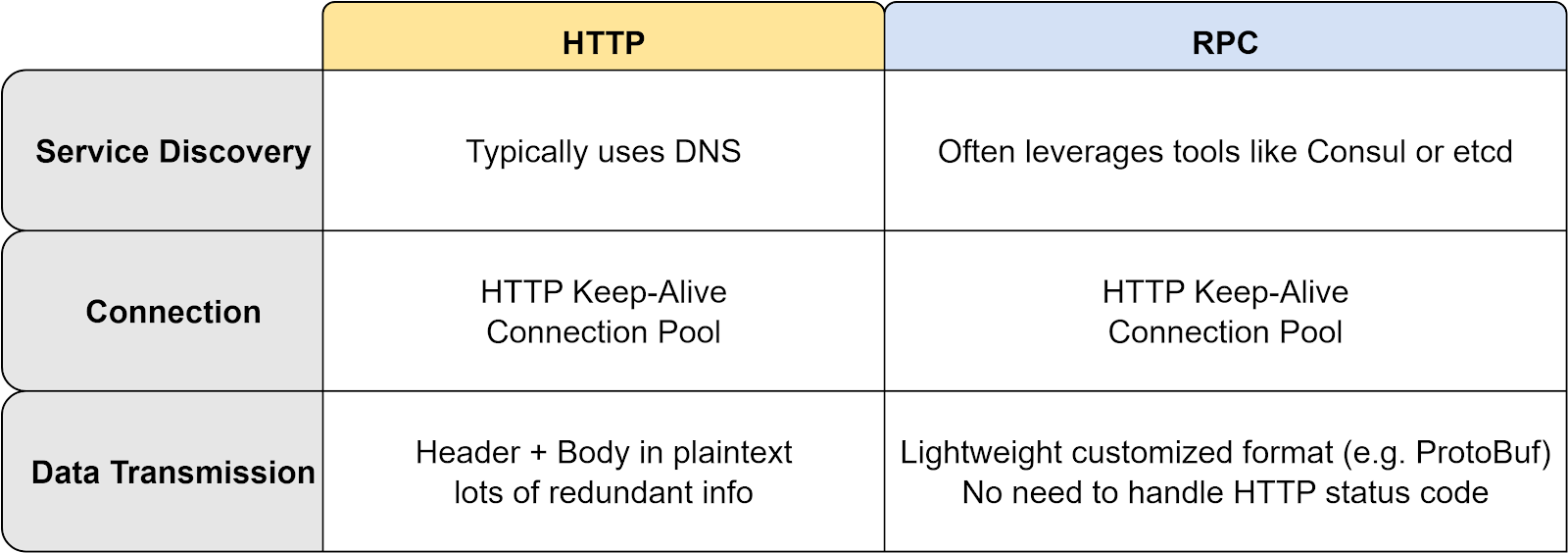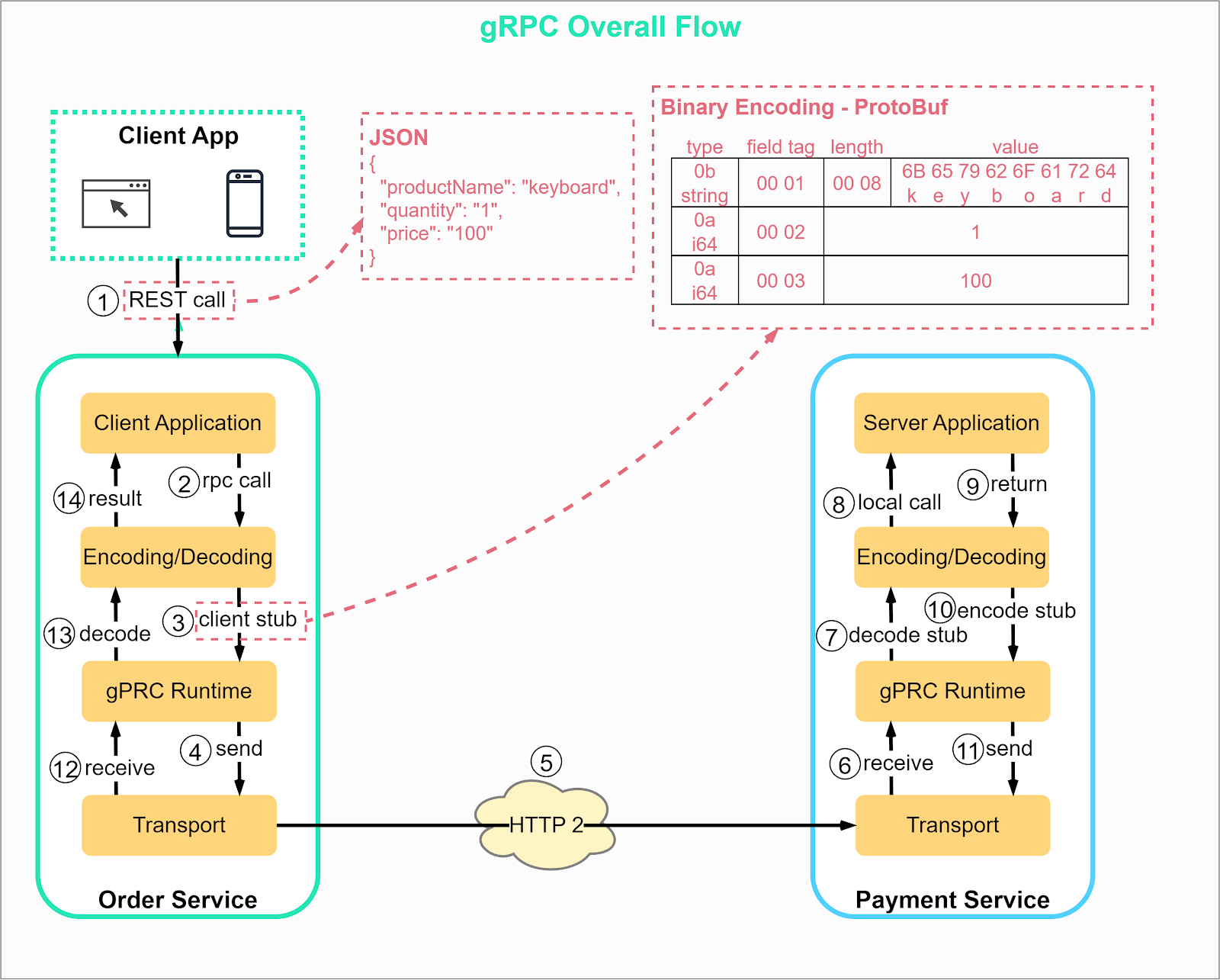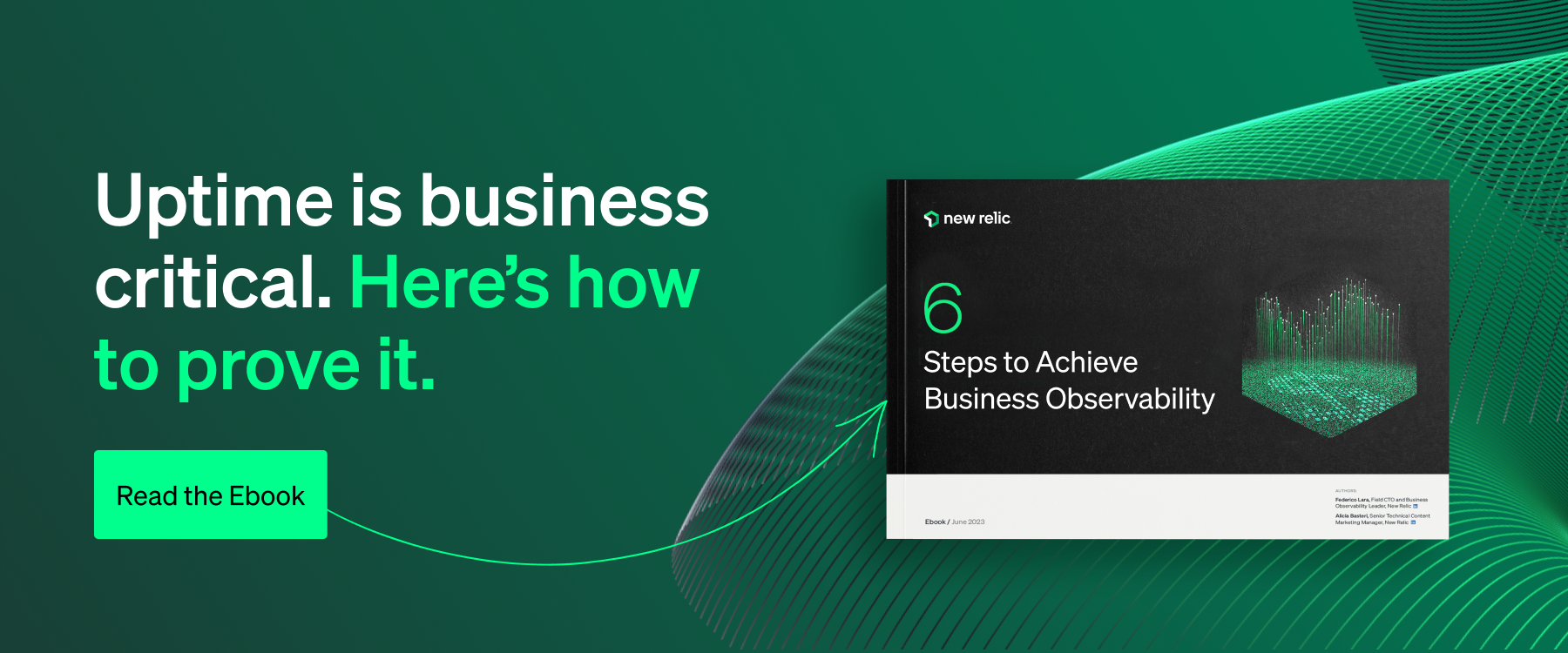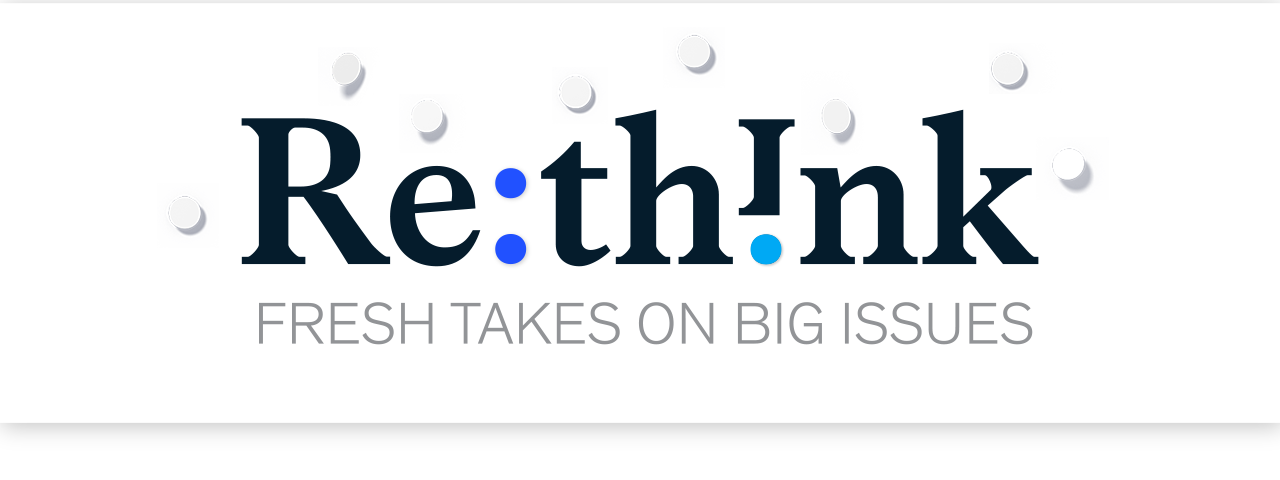Archives
- By thread 5340
-
By date
- June 2021 10
- July 2021 6
- August 2021 20
- September 2021 21
- October 2021 48
- November 2021 40
- December 2021 23
- January 2022 46
- February 2022 80
- March 2022 109
- April 2022 100
- May 2022 97
- June 2022 105
- July 2022 82
- August 2022 95
- September 2022 103
- October 2022 117
- November 2022 115
- December 2022 102
- January 2023 88
- February 2023 90
- March 2023 116
- April 2023 97
- May 2023 159
- June 2023 145
- July 2023 120
- August 2023 90
- September 2023 102
- October 2023 106
- November 2023 100
- December 2023 74
- January 2024 75
- February 2024 75
- March 2024 78
- April 2024 74
- May 2024 108
- June 2024 98
- July 2024 116
- August 2024 134
- September 2024 130
- October 2024 141
- November 2024 171
- December 2024 115
- January 2025 216
- February 2025 140
- March 2025 220
- April 2025 233
- May 2025 239
- June 2025 303
- July 2025 152
-
A leader’s guide to new-business building for established companies
Mind your own business
by "McKinsey Leading Off" <publishing@email.mckinsey.com> - 02:51 - 24 Jul 2023 -
Do you know how to create value from generative AI?
On Point
Nine actions could help Brought to you by Liz Hilton Segel, chief client officer and managing partner, global industry practices, & Homayoun Hatami, managing partner, global client capabilities
• Who’s in charge. For organizations experimenting with generative AI, one question looms large: Who is responsible for leading the way? The technology’s potential to transform processes throughout a company makes it tough to decide, executives explain. Some leaders are enlisting chief technology officers (CTOs) to prioritize AI projects, while others are establishing task forces and new AI-related roles. Earlier in 2023, a US tech company formed a ten-member AI council that includes staffers from its engineering, legal, and marketing divisions. [WSJ]
• Trillions at stake. With its potential to add $2.6 trillion to $4.4 trillion of value annually, the business world’s excitement over generative AI seems well earned, McKinsey senior partner Aamer Baig and coauthors say. Today’s generative-AI boom offers a unique chance for CIOs and CTOs to guide the C-suite in turning the promise of generative AI into sustainable value for the business. It’s worth remembering, however, that while many companies may experiment with new technologies, creating significant business value is often much harder.
• Nine actions. To learn how organizations can be successful with generative AI, McKinsey spoke with dozens of tech leaders and analyzed generative-AI initiatives at more than 50 companies, including our own. As more people use generative-AI tools, we have seen some CIOs and CTOs respond by blocking employee access to publicly available applications to limit risk. Such companies, however, may miss out on opportunities to innovate. Discover nine actions all tech leaders can take to create value, scale solutions, and manage risk for generative AI.
— Edited by Belinda Yu, editor, Atlanta
This email contains information about McKinsey's research, insights, services, or events. By opening our emails or clicking on links, you agree to our use of cookies and web tracking technology. For more information on how we use and protect your information, please review our privacy policy.
You received this email because you subscribed to the On Point newsletter.
Copyright © 2023 | McKinsey & Company, 3 World Trade Center, 175 Greenwich Street, New York, NY 10007
by "McKinsey On Point" <publishing@email.mckinsey.com> - 12:21 - 24 Jul 2023 -
อัพเดทโปรไฟล์ รับบัตร Grab ฟรี! เพื่อการเข้าถึงข้อมูลที่ดียิ่งขึ้นจาก ชไนเดอร์ อิเล็คทริค
Schneider Electric
อัพเดทโปรไฟล์ลุ้นรับคูปอง Grab ฟรี!ชไนเดอร์ อิเล็คทริค พร้อมสร้างประสบการณ์ที่ดีขึ้นให้กับลูกค้าของเรา พบกับข้อมูลข่าวสารที่เป็นประโยชน์สำหรับธุรกิจและการทำงานของคุณ เพียงอัพเดทโปรไฟล์ของท่านให้ครบถ้วนตอนนี้ เพื่อการเข้าถึงข้อมูลที่ดียิ่งขึ้น
เงื่อนไขกิจกรรม- ลุ้นเป็นผู้โชคดี 10 ท่าน ลุ้นรับคูปอง Grab มูลค่า 50 บาท ฟรี!
- สงวนสิทธิ์เฉพาะผู้ที่ดำเนินการครบถ้วน
- ระยะเวลาการเข้าร่วมกิจกรรม ตั้งแต่วันนี้ - 15 ส.ค. 2566
- ประกาศรางวัลผ่านทางอีเมล reply@se.com จากชไนเดอร์ อิเล็คทริค ภายในวันที่ 1 ก.ย. 2566
- การตัดสินจากคณะกรรมการถือเป็นที่สิ้นสุด
- บริษัทฯขอสงวนสิทธิ์ในการเปลี่ยนแปลงเงื่อนไขหรือรายละเอียดกิจกรรม โดยไม่ต้องแจ้งให้ทราบล่วงหน้า
+ Lifecycle Services From energy and sustainability consulting to optimizing the life cycle of your assets, we have services to meet your business needs. Schneider Electric
46 Rungrojthanakul Building. 1st, 10th, 11th Floor, Ratchadapisek Road. Huaykwang
Bangkok - 10310, Thailand
Phone +662 617 5555© 2023 Schneider Electric. All Rights Reserved. Schneider Electric is a trademark and the property of Schneider Electric SE, its subsidiaries and affiliated companies. All other trademarks are the property of their respective owners.
by "Schneider Electric" <reply@se.com> - 09:01 - 23 Jul 2023 -
Your summer reading list is here
Readers & Leaders
Plus, the untapped value of middle managers THIS MONTH'S PAGE-TURNERS ON BUSINESS AND BEYOND
It’s our favorite time of the year: our annual summer reading guide is back. More than 35 CEOs, editors-in-chief, and other leaders shared with us 70-plus books in nine genres they’re reading or hoping to read this summer, and their compelling picks reflect the times. Among books on workplace culture, innovation, history, and more, a few recurring themes united our contributors’ bookshelves. Check out the most popular books and genres, and find out which publishing house dominated this year’s guide. You can also discover which books McKinsey leaders Bob Sternfels, Tracy Francis, Sven Smit, Homayoun Hatami, and others have on their nightstands.
Plus, don’t forget to pick up your copy of Power to the Middle—out now—from McKinsey partners Bryan Hancock and Emily Field and senior partner emeritus Bill Schaninger for a new model to radically alter the way companies hire, train, and reward their most valuable asset: managers, the true center of the organization. And don’t miss our roundup of this month’s Author Talks on the role self-awareness plays in driving performance, what it means to truly be “smart,” how to build a concrete path to reinvention, and how competitive insights can be used to influence decision making. Itching for more good reads? Check out this month’s bestselling business books, prepared exclusively for McKinsey by Circana, and head to McKinsey on Books for more of the latest.IT BEARS REPEATING
“This book reinforces why we must focus on stewarding good tech. As Kissinger has said, history shows that when people are fearful of something and they don’t understand it, they revolt. AI is at that moment. I’m a believer that AI has a great upside and will change every job for the better, but it matters how we implement it.”
— Ginni Rometty, former chair and CEO, IBM; cochair, OneTen, on The Age of AI: And Our Human Future by Daniel Huttenlocher, Henry A. Kissinger, and Eric Schmidt in the 2023 summer reading guide. Check out Ginni’s Author Talks on leading with good power here.WHO MADE THE TOP?
TOP 2 recommended books
1. The Age of AI: And Our Human Future by Daniel Huttenlocher, Henry A. Kissinger, and Eric Schmidt. Recommended by Ginni Rometty, former chair and CEO, IBM; cochair, OneTen and McKinsey senior partner Joydeep Sengupta.
2. Trust by Hernan Diaz. Recommended by Chelsea Stoner, general partner, Battery Ventures and McKinsey senior partner Rodney Zemmel.TOP 5 publishers
1. Penguin Random House – 25 books
2. Hachette Book Group – 8 books (tie)
3. Macmillan – 8 books (tie)
4. HarperCollins Publishers – 7 books
5. Simon & Schuster – 4 booksTOP 5 Genres
1. Fiction & poetry – 13 books
2. History – 12 books
3. Politics – 11 books
4. Innovation – 8 books (tie)
5. Biography & memoir – 8 books (tie)IN CASE YOU MISSED IT
Senior partner Bryan Hancock on why companies need to reimagine the role of the middle manager: “Over the past 20 years, managers have increasingly been asked—and increasingly valued—not for their management but for their individual–contributor work. And given the complexities of the future of work, we need to flip that around. We need to get managers back to managing.” Watch the full interview.
John Horn breaks down the difficulties companies have in assessing competitors: “As business leaders, we’re taught to control things we can control. We can control internal operations, we can control marketing plans, and we can control the things we do as a company, but we can’t control competitors. It is scary for business leaders to think about something that’s out of their control or influence.” Watch the full interview.
Joanne Lipman outlines a concrete path to reinvention: “I woke up in the middle of the night, saying, ‘What am I doing? What am I going to do?’ And I realized that everybody around me and the whole world—we were all in exactly the same position at the same time.” Watch the full interview.
Claire Hughes Johnson explains the role that self-awareness plays in driving performance: “We always talk about scaling companies, but companies are just collections of people. If you’re not thoughtful about them and what they need to succeed, it’s going to be hard to succeed as a company.” Watch the full interview.
Dr. Rina Bliss explores intelligence through the lens of nature versus nurture:
“We still track students; we still make hiring preferences based on intelligence and aptitude test scores. We still group people according to whether they’re so-called winners or losers of some kind of genetic lottery. But intelligence isn’t genetic.” Watch the full interview.OUT NOW
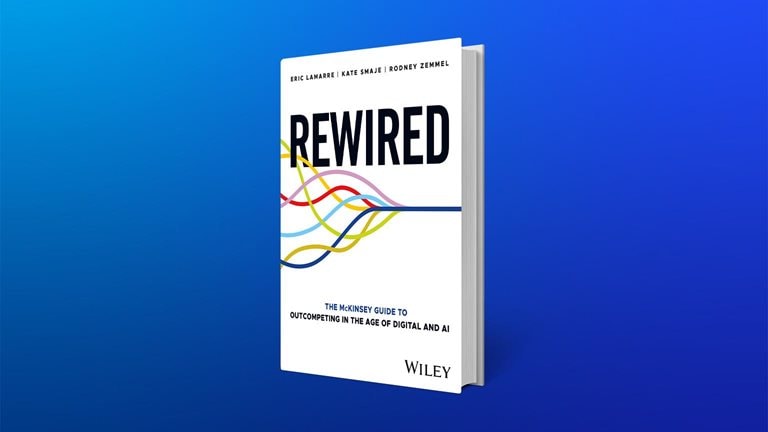
Rewired: The McKinsey Guide to Outcompeting in the Age of Digital and AI
Business leaders will be digitally transforming their companies for the rest of their careers. From McKinsey senior partners Eric Lamarre, Kate Smaje, and Rodney Zemmel, Rewired is the reference manual they need for the journey.
BUSINESS BESTSELLERS TOP
8
BUSINESS OVERALL
BUSINESS HARDCOVER
DECISION MAKING
ECONOMICS
ORGANIZATIONAL BEHAVIOR
WORKPLACE CULTURE
DIVERSITY & INCLUSION
SUSTAINABILITY
BOOKMARK THIS
If you’d like to propose a book or author for #McKAuthorTalks, please email us at Author_Talks@McKinsey.com. Due to the high volume of requests, we will respond only to those being considered.
— Edited by Eleni Kostopoulos, a managing editor in McKinsey’s New York office
Share these insights
Did you enjoy this newsletter? Forward it to colleagues and friends so they can subscribe too.
Was this issue forwarded to you? Sign up for it and sample our 40+ other free email subscriptions here.
This email contains information about McKinsey's research, insights, services, or events. By opening our emails or clicking on links, you agree to our use of cookies and web tracking technology. For more information on how we use and protect your information, please review our privacy policy.
You received this email because you subscribed to the Readers & Leaders newsletter.
Copyright © 2023 | McKinsey & Company, 3 World Trade Center, 175 Greenwich Street, New York, NY 10007
by "McKinsey Readers & Leaders" <publishing@email.mckinsey.com> - 08:14 - 23 Jul 2023 -
Happy birthday, McKinsey Global Institute!
Plus research, old and new Brought to you by Liz Hilton Segel, chief client officer and managing partner, global industry practices, & Homayoun Hatami, managing partner, global client capabilities
New from McKinsey & Company
In July 1990, the McKinsey Global Institute (MGI) was organized to help McKinsey identify and understand fundamental economic, political, and social issues that had important consequences for clients. The concept came out of a series of firm-sponsored CEO meetings to discuss the emerging global economy in the late 1980s. After the first few conferences, participants recognized an increased need for good data to provide a more focused foundation for their discussions—research only McKinsey could do; McKinsey’s experience in virtually every sector of the world's leading economies made it uniquely positioned to collect, collate, and analyze this data. Thirty-three years later, the global economic insights MGI has provided on national and international topics have influenced business strategy and practices, governmental policy and planning, and academic thought. Celebrate MGI’s 33rd birthday by diving into recent research by MGI leaders Chris Bradley, Kweilin Ellingrud, Marco Piccitto, Sven Smit, Olivia White, and Jonathan Woetzel, and check out a selection of MGI reports from our archives.
To see more essential reading on topics that matter, visit McKinsey Themes.
— Edited by Eleni Kostopoulos, managing editor, New York
Share these insights
This email contains information about McKinsey's research, insights, services, or events. By opening our emails or clicking on links, you agree to our use of cookies and web tracking technology. For more information on how we use and protect your information, please review our privacy policy.
You received this email because you subscribed to our McKinsey Global Institute alert list.
Copyright © 2023 | McKinsey & Company, 3 World Trade Center, 175 Greenwich Street, New York, NY 10007
by "McKinsey & Company" <publishing@email.mckinsey.com> - 07:53 - 22 Jul 2023 -
The week in charts
The Week in Charts
E-kickscooters, decarbonizing the built environment, and more Share these insights
Did you enjoy this newsletter? Forward it to colleagues and friends so they can subscribe too. Was this issue forwarded to you? Sign up for it and sample our 40+ other free email subscriptions here.
This email contains information about McKinsey's research, insights, services, or events. By opening our emails or clicking on links, you agree to our use of cookies and web tracking technology. For more information on how we use and protect your information, please review our privacy policy.
You received this email because you subscribed to The Week in Charts newsletter.
Copyright © 2023 | McKinsey & Company, 3 World Trade Center, 175 Greenwich Street, New York, NY 10007
by "McKinsey Week in Charts" <publishing@email.mckinsey.com> - 03:26 - 22 Jul 2023 -
EP69: Explaining JSON Web Token (JWT) To a 10 Year Old Kid
EP69: Explaining JSON Web Token (JWT) To a 10 Year Old Kid
This week’s system design refresher: DevOps vs. SRE vs. Platform Engineering (Youtube video) Explaining JSON Web Token (JWT) to a 10-year-old Kid How does Docker work? Top 6 most commonly used Server Types Learning Linux system Feature your product on Substack Open in app or online This is a sneak peek of today’s paid newsletter for our premium subscribers. Get access to this issue and all future issues - by subscribing today.
Latest articles
If you’re not a subscriber, here’s what you missed this mont
To receive all the full articles and support ByteByteGo, consider subscribing:
This week’s system design refresher:
DevOps vs. SRE vs. Platform Engineering (Youtube video)
Explaining JSON Web Token (JWT) to a 10-year-old Kid
How does Docker work?
Top 6 most commonly used Server Types
Learning Linux system
Feature your product on Substack
DevOps vs. SRE vs. Platform Engineering
Explaining JSON Web Token (JWT) to a 10 year old Kid
Imagine you have a special box called a JWT. Inside this box, there are three parts: a header, a payload, and a signature.
The header is like the label on the outside of the box. It tells us what type of box it is and how it's secured. It's usually written in a format called JSON, which is just a way to organize information using curly braces { } and colons :
The payload is like the actual message or information you want to send. It could be your name, age, or any other data you want to share. It's also written in JSON format, so it's easy to understand and work with.
Now, the signature is what makes the JWT secure. It's like a special seal that only the sender knows how to create. The signature is created using a secret code, kind of like a password. This signature ensures that nobody can tamper with the contents of the JWT without the sender knowing about it.
When you want to send the JWT to a server, you put the header, payload, and signature inside the box. Then you send it over to the server. The server can easily read the header and payload to understand who you are and what you want to do.
Over to you: When should we use JWT for authentication? What are some other authentication methods?
Guest post by Rohit Sehgal.
How does Docker work?
The diagram below shows the architecture of Docker and how it works when we run “docker build”, “docker pull” and “docker run”.
There are 3 components in Docker architecture:
Docker client
The docker client talks to the Docker daemon.Docker host
The Docker daemon listens for Docker API requests and manages Docker objects such as images, containers, networks, and volumes.Docker registry
A Docker registry stores Docker images. Docker Hub is a public registry that anyone can use.
Let’s take the “docker run” command as an example.
Docker pulls the image from the registry.
Docker creates a new container.
Docker allocates a read-write filesystem to the container.
Docker creates a network interface to connect the container to the default network.
Docker starts the container.
Top 6 most commonly used Server Types
Web Server:
Hosts websites and delivers web content to clients over the internetMail Server:
Handles the sending, receiving, and routing of emails across networksDNS Server:
Translates domain names (like bytebytego. com) into IP addresses, enabling users to access websites by their human-readable names.Proxy Server:
An intermediary server that acts as a gateway between clients and other servers, providing additional security, performance optimization, and anonymity.FTP Server:
Facilitates the transfer of files between clients and servers over a networkOrigin Server:
Hosts central source of content that is cached and distributed to edge servers for faster delivery to end users.
Over to you: Which type of server do you find most crucial in your online experience?
Guest post by Govardhana Miriyala Kannaiah.
Learning Linux system
System
In the system component, we need to learn modules like system APIs, device drivers, I/O, buses, etc.Memory
In memory management, we need to learn modules like physical memory, virtual memory, memory mappings, object allocation, etc.Process
In process management, we need to learn modules like process scheduling, interrupts, threads, synchronization, etc.Network
In the network component, we need to learn important modules like network protocols, sockets, NIC drivers, etc.Storage
In system storage management, we need to learn modules like file systems, I/O caches, different storage devices, file system implementations, etc.
SPONSOR US
📈Feature your product in the biggest technology newsletter on Substack
ByteByteGo is the biggest technology newsletter on Substack with 500,000 readers working at companies like Apple, Meta, Amazon, Google, etc. They have the influence and autonomy to make large purchase decisions. If you are interested in sponsoring us, please send an email to hi@bytebytego.com.
Latest articles
Here are the latest articles you may have missed:
To receive all the full articles and support ByteByteGo, consider subscribing:
Like
Comment
Restack
© 2023 ByteByteGo
548 Market Street PMB 72296, San Francisco, CA 94104
Unsubscribe
by "ByteByteGo" <bytebytego@substack.com> - 11:38 - 22 Jul 2023 -
Why frontline emotional intelligence still matters in customer service
AI, meet EQ Brought to you by Liz Hilton Segel, chief client officer and managing partner, global industry practices, & Homayoun Hatami, managing partner, global client capabilities

The case for emotional intelligence in customer service
Today’s seamless, digital omnichannel environment can deliver a satisfying experience of one-click shopping, with nary the need to interact with another living soul. But there are still those crucial moments in the customer journey when the person hits a snag and desperately needs careful attention. Perhaps it’s a plane you’re urgently trying to catch after missing your connecting flight, an expensive article of clothing you’re hoping to return even though the return window has closed (and you’ve lost your receipt), or you’ve reached your limit waiting on hold while trying to sort out your cable bill.
These are what the authors of this McKinsey Quarterly classic call “moments of truth” in customer service—those defining moments when a customer has invested enormous amounts of emotional energy in the outcome. And if handled correctly, these moments can translate into lasting loyalty from the customer and profits for the company.
The driving force behind these successful moments of truth is the emotional intelligence, or EQ, of a company’s frontline staff. As AI technologies continue to proliferate, one might argue that good old-fashioned customer service has no place in today’s shopping experience. “But pure technological solutions,” the authors observe, “can never stoke the emotional connection between employee and customer.” (AI is, in fact, trying to learn from this very connection.)
To learn more about how managers can help foster value-creating EQ in their workers, read our 2006 classic “The ‘moment of truth’ in customer service.”Boost your EQ 
The next frontier of customer engagement: AI-enabled customer service


Share these insights
Did you enjoy this newsletter? Forward it to colleagues and friends so they can subscribe too. Was this issue forwarded to you? Sign up for it and sample our 40+ other free email subscriptions here.
This email contains information about McKinsey's research, insights, services, or events. By opening our emails or clicking on links, you agree to our use of cookies and web tracking technology. For more information on how we use and protect your information, please review our privacy policy.
You received this email because you subscribed to our McKinsey Classics newsletter.
Copyright © 2023 | McKinsey & Company, 3 World Trade Center, 175 Greenwich Street, New York, NY 10007
by "McKinsey & Company" <publishing@email.mckinsey.com> - 11:27 - 22 Jul 2023 -
What a new era could mean for Latin America, the value of older adults in the workplace, alliances in higher ed, and more: The Daily Read weekender
Catch up on the week's highlights Brought to you by Liz Hilton Segel, chief client officer and managing partner, global industry practices, & Homayoun Hatami, managing partner, global client capabilities
QUOTE OF THE DAY
chart of the day
Ready to unwind?
—Edited by Joyce Yoo, editor, New York
Share these insights
Did you enjoy this newsletter? Forward it to colleagues and friends so they can subscribe too. Was this issue forwarded to you? Sign up for it and sample our 40+ other free email subscriptions here.
This email contains information about McKinsey's research, insights, services, or events. By opening our emails or clicking on links, you agree to our use of cookies and web tracking technology. For more information on how we use and protect your information, please review our privacy policy.
You received this email because you subscribed to our McKinsey Global Institute alert list.
Copyright © 2023 | McKinsey & Company, 3 World Trade Center, 175 Greenwich Street, New York, NY 10007
by "McKinsey Daily Read" <publishing@email.mckinsey.com> - 06:46 - 21 Jul 2023 -
[ACTION REQUIRED by Aug 21st]: Changes to IP ranges for New Relic and Cloud Integrations
New Relic

1. Changes impacting cloud services (AWS, Azure, GCP)
On August 21st, 2023, New Relic will add new source IP ranges for our cloud integrations for AWS, AWS GovCloud, Azure, and GCP. If you use IP-based access controls, you will need to allow (whitelist) the following additional IP ranges to ensure uninterrupted service (note: you may see traffic from these IP addresses during our testing):
- 18.246.82.0/25
- 3.145.244.128/25
- 3.27.118.128/25
- 20.51.136.0/25
- 4.197.217.128/25
- 3.77.79.0/25
2. Changes impacting New Relic services
Additionally, New Relic’s infrastructure agent will start making use of the full range of IP addresses listed in our documentation as part of our continued scaling and optimization efforts. To ensure that our integrations can access New Relic domains, you will need to do the following:
- Allow (whitelist) the following IP ranges: 162.247.240.0/22 and 185.221.84.0/22
- Remove any hard-coded endpoints/IP addresses in your configuration.
If you have questions, please reach out to your account team or New Relic Explorer’s Hub.

View in browser
This email was sent to info@learn.odoo.comFor information about our privacy practices, see our Privacy Policy.
Need to contact New Relic? You can chat or call us at 888-643-8776.
New Relic, Inc. 188 Spear St, San Francisco, CA 94105.
© 2023 New Relic, Inc. All rights reserved. New Relic logo are trademarks of New Relic, Inc.
by "New Relic" <noreply@newrelic.com> - 03:31 - 21 Jul 2023 -
Sustainable and inclusive growth: Zooming in on urban real estate
Get updated Share these insights
This email contains information about McKinsey's research, insights, services, or events. By opening our emails or clicking on links, you agree to our use of cookies and web tracking technology. For more information on how we use and protect your information, please review our privacy policy.
You received this email because you subscribed to our McKinsey Global Institute alert list.
Copyright © 2023 | McKinsey & Company, 3 World Trade Center, 175 Greenwich Street, New York, NY 10007
by "McKinsey & Company" <publishing@email.mckinsey.com> - 12:03 - 21 Jul 2023 -
A new issue of the McKinsey Quarterly is here
Sign up now for instant access The newest issue of the McKinsey Quarterly explores the transformative potential of digital and AI. In our cover story, “Rewired to outcompete,” authors Eric Lamarre, Kate Smaje, and Rodney Zemmel reveal six signature moves the C-suite should sponsor to build an outperforming organization. You’ll also find related case studies, a look at how art institutions are using data analytics to add value and resilience, and much more.
This edition is available in an immersive online reading experience we’ve recently unveiled for our flagship publication. Sign up for a free digital Quarterly membership to access it.A membership to the digital edition of the McKinsey Quarterly also includes downloads of our top 100 reports in the McKinsey Insights Store as well as access to previous digital issues of the Quarterly.
This email contains information about McKinsey's research, insights, services, or events. By opening our emails or clicking on links, you agree to our use of cookies and web tracking technology. For more information on how we use and protect your information, please review our privacy policy.
You received this email because you signed up for a McKinsey Quarterly digital membership.
Manage subscriptions | Unsubscribe me from McKinsey Quarterly digital membership
Copyright © 2023 | McKinsey & Company, 3 World Trade Center, 175 Greenwich Street, New York, NY 10007
by "McKinsey & Company" <publishing@email.mckinsey.com> - 08:45 - 21 Jul 2023 -
From Gen Z to boomers, are we all really so different at work?
On Point
New research reveals what’s myth Brought to you by Liz Hilton Segel, chief client officer and managing partner, global industry practices, & Homayoun Hatami, managing partner, global client capabilities
• Don’t ‘circle back.’ Millennials and Gen Z workers have one request: please stop with the business jargon. Overrelying on idioms such as “herding cats,” “boiling the ocean,” and “out of pocket” are annoying younger colleagues and confusing workers who aren’t native English speakers. This could hamper workplace inclusivity, according to research by LinkedIn and Duolingo. A survey of 8,000 workers in eight countries found that nearly two-thirds of millennials and 60% of Gen Zers long to hear less jargon in the office. [Fast Company]
• Not so different. As multiple generations work side by side at the office, people are paying more attention to age-based differences. New research on generational preferences at work reveals some interesting nuances between different age cohorts, but overall, every generation shares remarkable similarities. At all ages, employees want meaningful work, real connections with coworkers and managers, broader purpose, and fair compensation, partner Bryan Hancock and McKinsey alumnus Bill Schaninger explain.
• More than a paycheck. Because Gen Z talks so openly about compensation, managers might assume that’s all that matters to them, Schaninger says. Although money is a critical factor in younger workers’ employment decisions, it’s not their main priority. In the workplace, Gen Zers are motivated by having flexibility, opportunities for career development, and a supportive work environment, McKinsey analysis finds. See how well generational stereotypes stack up against our actual research.
— Edited by Belinda Yu, editor, Atlanta
This email contains information about McKinsey's research, insights, services, or events. By opening our emails or clicking on links, you agree to our use of cookies and web tracking technology. For more information on how we use and protect your information, please review our privacy policy.
You received this email because you subscribed to the On Point newsletter.
Copyright © 2023 | McKinsey & Company, 3 World Trade Center, 175 Greenwich Street, New York, NY 10007
by "McKinsey On Point" <publishing@email.mckinsey.com> - 12:53 - 21 Jul 2023 -
Unlocking the Power of Technology: Discover Our Impressive Software Product Range!
Unlocking the Power of Technology: Discover Our Impressive Software Product Range!
Showcasing a collection of cutting-edge tech solutions that redefine innovation.
Our Range of Cutting-Edge Products
An advanced fleet management software that enables real-time vehicle tracking, fuel monitoring,
tire management, and much more.
A secure and efficient school bus management software that uses GPS tracking, RFID, and video monitoring to improve student safety.
A perfect field employee monitoring software for transparent, effective and collaborative remote
administration.
A waste collection software that uses sensors, and analytics to track waste levels, optimize collection routes, and reduce waste.
Ready to revolutionize your fleet management?

Uffizio Technologies Pvt. Ltd., 4th Floor, Metropolis, Opp. S.T Workshop, Valsad, Gujarat, 396001, India
by "Sunny Thakur" <sunny.thakur@uffizio.com> - 07:01 - 20 Jul 2023 -
Remote's July update is here!
Remote's July update is here!
Your monthly dose of remote work insights, new partnerships, on-demand webinars, customer stories, and more.
 July
2023
July
2023

top stories
Remote and Gusto launch global employment and compliance partnership for U.S. companies
We’re thrilled to announce our new integration with Gusto, which enables even more companies in the United States to effortlessly tap into global talent. Together, we’re simplifying international payroll, connecting businesses with the best people, and making global dreams a reality. Learn more about this exciting partnership and how you can sign up for the waitlist on our blog.
Try Remote Contractor Management: Free for 30 Days
We are excited to launch a 30-day free trial for Remote Contractor Management. Your free trial will be automatically activated when you add your first contractor. You can enjoy all the benefits of Remote's Contractor Management until the end of the 30-day trial period.

feature spotlight
Unlock salary insights worldwide with our new Compensation Explorer
With Remote’s Compensation Explorer, you can leverage our proprietary salary insights to make more competitive, data-driven offers. Say goodbye to hours of research and costly benchmarking tools — give it a try today!

partnership news
Say hello to Zelt + Remote's new easy-to-use integration
We are excited to share the news that Zelt has built a new, easy-to-use integration with Remote. Take advantage now to boost your people team's productivity when hiring globally. Through synchronized employee data and the automation of repetitive data tasks, global hiring just got easier with Zelt and Remote!
New partner discounts available
We're thrilled to add several new companies to our growing roster of marketplace partners, including EasyLlama, Gable, GroWrk, Jobylon, Livestorm, and Offsite. Learn how they can help you grow your global business and get special discounts on their products.

on-demand webinar
On-demand webinar: How to build a fair and inclusive hiring process
Empower yourself with the tools to build a more diverse and inclusive workplace. Discover innovative approaches and best practices to create a fair and inclusive hiring process from experts at Hired and Remote in this on-demand virtual event.

new country alert
Remote is now available in the UAE
We are excited to announce that you can now use Remote to make employment in the United Arab Emirates easy. Let us handle payroll, benefits, taxes, compliance, and even stock options for your team, all in one easy-to-use platform.


How Phiture manages 30% of its workforce with Remote
Discover the power of remote work with Phiture! This insightful blog post showcases how Phiture, a remote work leader, embraces flexibility and advocates for remote work benefits. Learn how Phiture's innovative approach boosts productivity, fosters a thriving work culture, and provides valuable insights to enhance your remote work strategy. Read now and unlock remote work's potential like Phiture!

Get more value from your people data with the Remote API
There's a better way to use your people data, and it starts with putting Remote at the heart of your HR tech stack. Integrate all of your HR tools – including your internal systems – with the Remote API to get a single view of your organization. The best part? It’s 100% free for our customers!
Remote makes global employment easy.
With our localized contracts, easy invoice management, and best-in-class compliance, you can grow your global team with confidence.




You received this email because you are subscribed to News & Offers from Remote Technology, Inc.
Update your email preferences to choose the types of emails you receive.
Unsubscribe from all future emailsRemote Technology, Inc.
Copyright © 2023 Remote Technology, Inc. All rights reserved.
18 Bartol St. #1163 San Francisco California
by "Remote" <hello@remote-comms.com> - 12:16 - 20 Jul 2023 -
Network Protocols behind Server Push, Online Gaming, and Emails
Network Protocols behind Server Push, Online Gaming, and Emails
Welcome to this new issue where we expand our exploration into essential network protocols and their various applications. The focus here is on understanding how different protocols shape the way we communicate and interact over the Internet. We will dive into the following areas: Open in app or online This is a sneak peek of today’s paid newsletter for our premium subscribers. Get access to this issue and all future issues - by subscribing today.
Latest articles
If you’re not a subscriber, here’s what you missed this mont
To receive all the full articles and support ByteByteGo, consider subscribing:
Welcome to this new issue where we expand our exploration into essential network protocols and their various applications. The focus here is on understanding how different protocols shape the way we communicate and interact over the Internet. We will dive into the following areas:
The process through which servers can proactively send updates to clients using WebSockets.
The reason behind the choice of UDP protocol in gaming applications, and how its reliability can be enhanced.
The mechanisms involved in delivering emails via SMTP.
Each of these protocols serves unique purposes and empowers various functionalities in the digital world. Let's dive in to understand how these protocols bring life to our everyday online interactions.
WebSocket
In our previous discussions, we examined HTTP and its role in typical request-response interactions between a client and a server. HTTP serves most scenarios well, especially when responses are immediate. However, in situations where the server needs to push updates to the client, especially when those updates depend on events not predictable by the client (such as another user's actions), HTTP may not be the most efficient approach. This is because HTTP is fundamentally a pull-based protocol where the client has to initiate all requests. So, how do we manage to push data from the server to the client without the client having to predict and request each update? There are typically four methods to handle this kind of push-based communication, as shown in the diagram below.
Short polling
This is the most basic method. In this approach, the client, which could be a web app running in our browser, repeatedly sends HTTP requests to the server. Imagine this scenario: We log in to a web app and are presented with a QR code to scan with our smartphone. This QR code is usually for a specific action, like authentication or to initiate a certain process. The web app doesn't know the exact moment we scan the QR code. So, it keeps sending requests to the server every 1-2 seconds to check the status of the QR code. Once we scan the QR code with the smartphone, the server identifies the scan, and in response to the next check from the web app, sends back the updated status. This way, we’ll get a response within the next 1-2 seconds after scanning the QR code. This frequent checking is why we refer to this method as "short polling".
There are two problems with this:
It sends an excessive number of HTTP requests. This takes up bandwidth and increases the server load.
In the worst scenario, we might wait up to 2 seconds for a response, causing noticeable delay.
Long polling
Long polling tackles short polling issues by setting a longer timeout for HTTP requests. Think of it this way: we adjust the timeout to 30 seconds. If we scan the QR code within this timeframe, the server immediately sends a response. This approach significantly decreases the number of HTTP requests.
However, long polling isn’t without its challenge. Even though long polling cuts down the number of requests, each open request still maintains a connection to the server. If there are many clients, this can put strain on the server resources.
WebSocket
Short and long polling work well for simpler tasks like QR code scanning. But for complex, data-heavy, and real-time tasks like online gaming, a more efficient solution is needed - enter WebSocket.
TCP, by nature, allows bidirectional data flow, enabling the client and server to send data to each other simultaneously. However, HTTP/1.1, built on TCP, doesn't fully utilize this capability. In HTTP/1.1, data transmission is generally sequential - one party sends data, then the other. This design, while sufficient for web page interactions, falls short for applications like online gaming that demand simultaneous, real-time communication. WebSocket, another protocol based on TCP, fills this gap by allowing full-duplex communication between client and server over a single connection. More on this later.
SSE (Server-Sent Events)
SSE, or Server-Sent Events, stands out for a specific use case. When a client establishes an SSE connection, the server keeps this connection open to continuously send updates. This setup is perfect for situations where the server needs to regularly push data to the client, while the client just receives the data without needing to send information back to the server. A typical example is live stock market data updates. With SSE, servers can push real-time data to the client without needing a request every time an update is available. It's worth noting that, unlike WebSockets, SSE doesn't support bidirectional communication, making it less suitable for use cases that require back-and-forth communication.
How to Establish a WebSocket Connection
To set up a WebSocket connection, we need to include certain fields in the HTTP header. These headers tell the browser to switch to the WebSocket protocol. A randomly generated base64-encoded key (Sec-WebSocket-Key) is sent to the server.
Connection: Upgrade Upgrade: WebSocket Sec-WebSocket-Key: T2a6wZlAwhgQNqruZ2YUyg==\r\nThe server responds with these fields in the HTTP header.
HTTP/1.1 101 Switching Protocols\r\n Sec-WebSocket-Accept: iBJKv/ALIW2DobfoA4dmr3JHBCY=\r\n Upgrade: WebSocket\r\n Connection: Upgrade\r\nThe status code 101 means the protocol is switching. After this extra handshake, a WebSocket connection is established, as illustrated in the diagram below.
WebSocket Message
Once HTTP upgrades to WebSocket, the client and server exchange data in frames. Let’s see what the data looks like.
The Opcode, a 4-bit field, shows the type of frame data.
“1” indicates a text frame.
“2” indicates a binary frame.
“8” is a signal to close the connection.
Payload length could be a 7-bit field or extended to include the extended payload length. If both length fields are fully utilized, the payload length could represent several terabytes of data.
WebSocket is suitable for online gaming, chat rooms, and collaborative editing applications. These require frequent interactions between client and server.
In the next part, we’ll discuss another important application-layer protocol - RPC (Remote Procedure Call).
RPC
RPC allows the execution of a function on a different service. From the calling program’s perspective, it appears as if the function is being executed locally. The diagram below illustrates the difference between local and remote procedure calls. We could deploy modules like order management and payment either in the same process or on different servers. When deployed in the same process, it is a local function call. When deployed on different servers, it is a remote procedure call.
Why do we need RPC? Can’t we use HTTP for communication between services? Let’s compare RPC and HTTP in the table below.
The main advantage of RPC over HTTP is its lightweight message format and improved performance. An example is gRPC, which operates on HTTP/2 and delivers better performance due to this.
Let's examine how gRPC works from start to end:
Step 1: A REST call is made from the client. The request body is usually in JSON format.
Steps 2 - 4: The order service (acting as a gRPC client) receives the REST call, transforms it into a suitable format, and then initiates an RPC call to the payment service. gPRC encodes the client stub into binary format and sends it to the low-level transport layer.
Step 5: gRPC sends the packets over the network via HTTP2. Binary encoding and network optimizations make gRPC reportedly up to five times faster than JSON.
Steps 6 - 8: The payment service (acting as a gRPC server) receives the packets, decodes them, and invokes the server application.
Steps 9 - 11: The result from the server application gets encoded and sent to the transport layer.
Steps 12 - 14: The order service receives the packets, decodes them, and sends the result to the client application.
Keep reading with a 7-day free trial
Subscribe to ByteByteGo Newsletter to keep reading this post and get 7 days of free access to the full post archives.
A subscription gets you:
An extra deep dive on Thursdays Full archive Many expense it with team's learning budget Like
Comment
Restack
© 2023 ByteByteGo
548 Market Street PMB 72296, San Francisco, CA 94104
Unsubscribe
by "ByteByteGo" <bytebytego@substack.com> - 11:38 - 20 Jul 2023 -
[Ebook] Six Steps to Achieve Business Observability
New Relic
 Is technology a black hole from a financial perspective? It shouldn’t be, not when you have the power to connect IT telemetry with business analytics and break down silos between teams.
Is technology a black hole from a financial perspective? It shouldn’t be, not when you have the power to connect IT telemetry with business analytics and break down silos between teams.
Learn how to make data-driven decisions for greater financial gains by better understanding how applications and infrastructure impact your business. This eBook shows you how.
Read the Ebook Need help? Let's get in touch. 

 This email is sent from an account used for sending messages only. Please do not reply to this email to contact us—we will not get your response.
This email is sent from an account used for sending messages only. Please do not reply to this email to contact us—we will not get your response.View in browser
This email was sent to info@learn.odoo.com. Update your email preferences.For information about our privacy practices, see our Privacy Policy.
Need to contact New Relic? You can chat or call us at +44 20 3859 9190
Strand Bridge House, 138-142 Strand, London WC2R 1HH
© 2023 New Relic, Inc. All rights reserved. New Relic logo are trademarks of New Relic, Inc.
by "New Relic" <emeamarketing@newrelic.com> - 05:57 - 20 Jul 2023 -
E-commerce can benefit many types of retail businesses. How does your online presence stack up?
On Point
Optimize online sales Brought to you by Liz Hilton Segel, chief client officer and managing partner, global industry practices, & Homayoun Hatami, managing partner, global client capabilities
• A new lease on life. As people move into different homes or remodel an existing space, their tastes and decorative needs may change, sparking a search on an online marketplace or other e-commerce site for just the right table or lamp. Online outlets attracted millions of consumers during the pandemic when brick-and-mortar stores closed their doors. While some buyers thrive on the thrill of the hunt, others may be attracted to an item because of its backstory. When consumers see an item displayed in a staged photo, that heightens their emotions and willingness to purchase it, a marketing professor said. [NYT]
• Mind the (online) store. Buying goods online has become second nature to many consumers. In fact, online transactions are expected to account for nearly 25% of all worldwide sales by 2025. Larger retailers that had already invested in capabilities and infrastructure saw a jump in returns during the pandemic, but many small to medium-size companies realize a much smaller portion of revenue from e-commerce, McKinsey senior partner Karel Dörner and coauthors explain. Guarding against five short-term traps could help smaller retailers grow.
• Level up your e-commerce. As customer preferences continue to shift postpandemic, companies of all sizes and types can benefit from rethinking their strategies for growth. Channels such as retail media networks and live commerce can help brands and retailers build stronger relationships with customers, while investments in operations (in addition to tech tools) can increase agility and flexibility. Learn how e-commerce can generate value for a wide range of organizations, including small and large retailers, brands, and consumer-packaged-goods companies.
— Edited by Gwyn Herbein, editor, Atlanta
This email contains information about McKinsey's research, insights, services, or events. By opening our emails or clicking on links, you agree to our use of cookies and web tracking technology. For more information on how we use and protect your information, please review our privacy policy.
You received this email because you subscribed to the On Point newsletter.
Copyright © 2023 | McKinsey & Company, 3 World Trade Center, 175 Greenwich Street, New York, NY 10007
by "McKinsey On Point" <publishing@email.mckinsey.com> - 12:09 - 20 Jul 2023 -
How to motivate and engage employees of all ages
Re:think
An employee experience for the ages
ON THE EMPLOYEE EXPERIENCE
Investing in a better workplace for all ages
Angelika ReichWhile the pandemic has been a traumatic experience for all of us, it has also offered many employees the opportunity to question their routines and reflect on their needs and motivations—and forced employers to listen. It has changed the power dynamic in the employment market and brought new job-related factors to light.
We researched the factors that matter most to employees across age groups and found that most of the conventional wisdom about generational differences doesn’t hold true. Work preferences are more similar than different by age, which may be especially surprising to employers nervous about generational change and how to adapt, especially to Gen Zers. Yes, Gen Zers are somewhat less concerned than others about compensation and place more value instead on flexibility, career development, meaningful work, and a safe environment. But other age groups also list many of the same factors as most important in their employment decisions.
For example, at all ages, employees highly value career development and learning. You might think that younger people would be more interested in development than people in the later stages of their career. But everyone cares about opportunities to get promoted, change roles, and have a true career path within a company.
In general, I don’t think employers need to provide different things to younger employees versus older ones. But it is important to take a nuanced approach to creating an engaging employee experience. While everyone values flexibility, it can look different across age groups and life stages. Gen Zers may rank flexibility highly so they can spend time on hobbies or traveling, while older millennials with caretaking responsibilities might value parental leave or flexible hours more than the ability to take several weeks of vacation in a row.
If they care for their employees and want to motivate them, employers have to understand people’s needs over the course of their careers. They have to know which moments matter most to their people and build the work experience around those. This means listening to as many workers as possible, using that feedback to create a constant dialogue with employees, and involving them in decisions about their work experience. It also means taking a strategic approach to skill development. If you have visibility into your people’s skills, where you can encourage them to take the next step, and which learning programs will most help them, you’ll better understand what meaningful career development looks like in different life stages.“We know attrition has a high cost: for the average S&P 500 organization, an attrition rate of 10 to 20 percent will cost between $130 million and $270 million.”
Technology can play a huge role in supporting everyone’s development. Companies can use AI, for example, to assess current skill levels and identify stretch assignments that keep people motivated to learn something new and even consider what jobs they could do next. These types of pushes also optimize productivity and performance, as other McKinsey research shows that the most productive, successful employees make regular role changes throughout their careers, not just at the beginning. Of course, learning can be delivered effectively in a hybrid or a remote way. Many learning opportunities can be digitized and gamified. They’re entertaining, so people choose to spend free time on learning.
Still, Gen Zers pose—and face—some unique challenges. There is a higher risk of them leaving if their needs are not satisfied. In hybrid or remote workplaces, it can be harder for Gen Z employees to get the growth and apprenticeship opportunities they need. But I am convinced that a combination of the right leadership style, along with technology, can support development and mentorship in any environment.
Our research found that uncaring leaders ranks among the top three reasons people leave a company or don’t join a new one. When COVID-19 started, managers and leaders were thrown into the deep end as expectations changed; hybrid or remote environments require very different leadership styles. Leaders now need to have the confidence to set a vision for when (and how) to bring people together and when people are allowed to choose where they do their work. That requires a shift from the command-and-control style, which is a way of leading that doesn’t work anymore, for Gen Z or any age group. So, it’s less about “you need to lead Gen Z differently,” than “you need to lead differently in a new environment for everyone.”
We analyze not only the factors for improving the employee experience but also the value at stake by not delivering on that. Companies can’t address their workforce’s needs through incremental improvements; it requires both commitment and true investment. We know attrition has a high cost: for the average S&P 500 organization, an attrition rate of 10 to 20 percent will cost between $130 million and $270 million. In our sample, more than half of workers reported low or moderate satisfaction with their work. This can lead to absenteeism, presenteeism, and quiet quitting, all of which undercut productivity at work and, based on our estimate, could cost the average S&P company around $90 million. Disengagement costs money, and one way or another, companies have to act upon it.ABOUT THE AUTHOR
Angelika Reich is a partner in the Vienna office.
MORE FROM THIS AUTHOR
UP NEXTAD Bhatia on worker ingenuity
Frontline workers often have the best ideas for improving productivity, but few companies capitalize on this rich source of creativity. Here’s how worker insights can improve transformations.
This email contains information about McKinsey’s research, insights, services, or events. By opening our emails or clicking on links, you agree to our use of cookies and web tracking technology. For more information on how we use and protect your information, please review our privacy policy.
You received this email because you subscribed to our McKinsey Quarterly alert list.
Copyright © 2023 | McKinsey & Company, 3 World Trade Center, 175 Greenwich Street, New York, NY 10007
by "McKinsey Quarterly" <publishing@email.mckinsey.com> - 03:47 - 19 Jul 2023 -
As people leave urban centers, can superstar cities like London and Paris stay vibrant?
On Point
Modeling real estate demand in 2030 Brought to you by Liz Hilton Segel, chief client officer and managing partner, global industry practices, & Homayoun Hatami, managing partner, global client capabilities
• Cities’ vacant offices. Schools are full of kids, and cruise lines are packed with travelers, but commercial real estate is still wrestling with high vacancies and lackluster demand. In 2026, when a third of US office leases expire, we can expect rents to fall and vacancies to climb higher still. That threatens cities that depend on commercial property taxes for a significant share of revenue. Rather than increase taxes, which might antagonize affluent residents, cities might highlight what they do best: green transit, walkable pathways, and cultural amenities. [Atlantic]
• Empty spaces. Vacant office and retail space have grown sharply as hybrid work proliferates. Real estate faces tough challenges in the world's superstar cities—places such as Beijing, Houston, and Paris—which claim a disproportionate share of urban GDP and GDP growth. How long could the pain last? To find out, McKinsey modeled several scenarios. In a moderate scenario, demand for office space may fall 13% in 2030, compared with 2019. In a severe scenario, demand could plunge by as much as 38%, explain Sven Smit, McKinsey’s chair of insights and ecosystems and chair of the McKinsey Global Institute, and coauthors.
• Hybrid places. As residents move out of the densest city areas, they’re taking their shopping elsewhere. In metropolitan areas, foot traffic near stores remains 10 to 20% below prepandemic levels. Foot traffic is also recovering faster in the suburbs than in more heavily populated areas. Challenges like these may imperil the fiscal health of cities. Yet they might also prompt a historic transformation of urban spaces. Consider what actions cities, developers, and other stakeholders could take to turn empty spaces into hybrid places.
— Edited by Belinda Yu, editor, Atlanta
This email contains information about McKinsey's research, insights, services, or events. By opening our emails or clicking on links, you agree to our use of cookies and web tracking technology. For more information on how we use and protect your information, please review our privacy policy.
You received this email because you subscribed to the On Point newsletter.
Copyright © 2023 | McKinsey & Company, 3 World Trade Center, 175 Greenwich Street, New York, NY 10007
by "McKinsey On Point" <publishing@email.mckinsey.com> - 11:33 - 19 Jul 2023

















